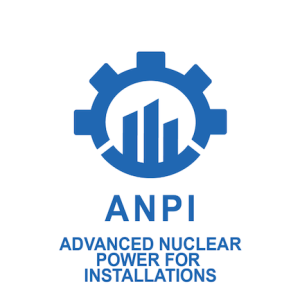An International Atomic Energy Agency expert mission has completed a review of Japan’s process for assessing safety at its nuclear power plants. The team found a number of good practices in Japan’s two-stage review procedure but also identified a number of improvements.
The Japanese safety review mission was conducted by a team of five IAEA and three international experts, supported by IAEA public information and administrative staff from 23-31 January 2012. The mission consisted of meetings at the offices of the Japanese regulator (NISA) in Tokyo and a visit to the Ohi Nuclear Power Station that provided an example of how the comprehensive safety assessment was being implemented by the licensee.
The complementary safety assessments in Japan are a two-stage process. The primary assessment will inform decision on whether to restart operations at suspended nuclear plants while the secondary assessment will inform on whether to continue or halt operations at operating units. The second stage is based on the stress tests in Europe and the deliberations of the Investigation and Verification Committee on the Accidents at the Fukushima Nuclear Power Station (TEPCO).
Praise from the IAEA included that NISA had demonstrated a notable level of transparency in its comprehensive safety assessments and review process; and that it had verified its commitment to further enhance safety by gaining experience from other countries. (Japan is acting as an observer of the European stress tests).
IAEA also praised NISA for conducting an independent walkdown of emergency measures performed by the licensee (Kansai Electric Power) at Ohi 3. The agency said that the walkdown was ‘appropriate’ and that it ‘enhanced confidence that postulated actions could be performed.’
In a preliminary summary of its review the mission team outlined seven recommendations that could enhance the overall effectiveness of the comprehensive safety assessment process and further regulatory activities.
First, the mission team said that NISA could improve its guidance for conducting and reviewing the safety assessments by being more descriptive, and by setting standard expectations.
Second, it recommended that any if any future actions by the licensees are needed for its safety decision, then they should be documented and subjected to follow-up inspection as appropriate. Otherwise, NISA should confirm that interim measures are implemented prior to facility operation, as applicable.
Third, the review team recommended that NISA should ensure that the seismic safety margin assessment includes system walkdowns, seismic/flood capability walkdowns and the collection of as-built and as-operated information to be used in safety margin calculations. The regulator should also ensure that the definition of the safety margin capacity with appropriate confidence level is specified and communicated to the licensees, the review team said in its fourth recommendation.
The IAEA review also recommended that the secondary assessment should address the provisions for mitigation of severe accidents ‘more comprehensively’ and that in the medium and long-term following the safety assessments NISA should require licensees to develop comprehensive accident management programmes.
Finally the review team advised that NISA should conduct meetings with interested parties near nuclear facilities undergoing comprehensive safety assessments.
The IAEA mission team also made four suggestions including that NISA should seek to identify lessons learned from the early assessments and reviews and use this to confirm or improve its guidance for subsequent reviews.
The review team also suggested that NISA should check the effectiveness of improvements aimed to increase safety margin against seismic and tsunami hazards by conducting seismic and tsunami probabilistic safety assessments using methodologies consistent with IAEA safety standards and international practice.
It recommended that secondary assessments should be completed, evaluated and reviewed with ‘appropriate timescales,’ suggesting that within these secondary assessments NISA should consider closer integration of accident management and on-site emergency preparedness measures.






